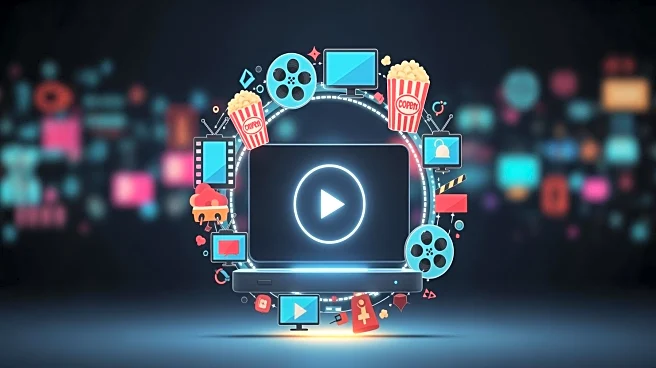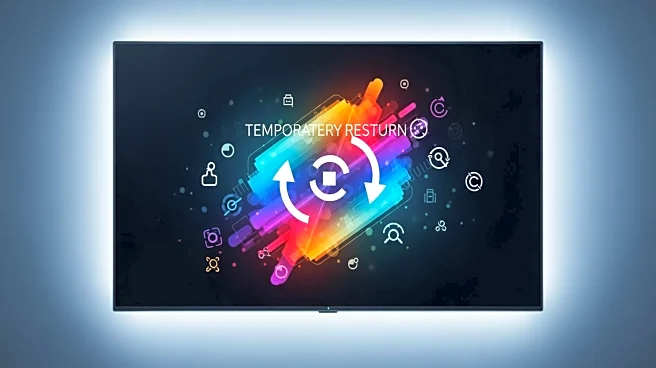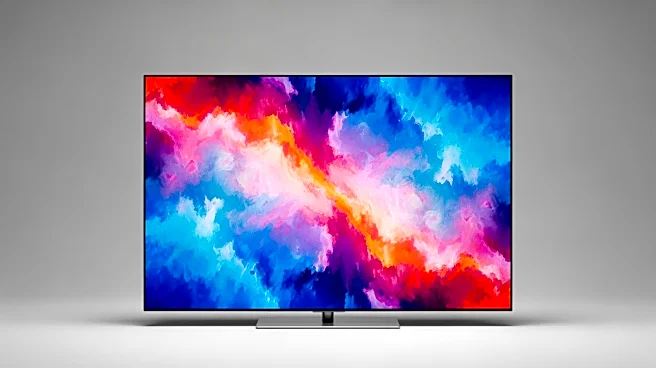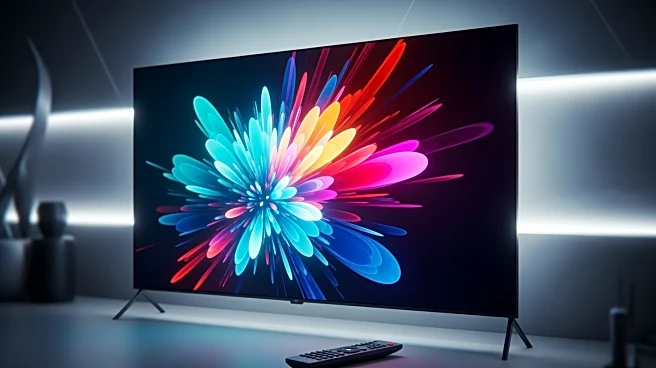What's Happening?
YouTube TV's 10 million subscribers have been unable to access ESPN, ABC, and other Disney channels due to a significant blackout resulting from a contract negotiation impasse. The dispute began on October 30, with Google, YouTube's parent company, rejecting
Disney's demands for increased fees for its channels. Disney seeks higher revenue to support its content production and streaming ambitions, including paying for ESPN's sports rights deals. The blackout has affected popular programs like 'Monday Night Football' and 'Dancing With the Stars,' leaving subscribers without access to these shows. The negotiations have been marked by accusations from both sides, with Disney claiming YouTube TV is leveraging its market position unfairly, while YouTube accuses Disney of misrepresenting facts and negotiating publicly.
Why It's Important?
The ongoing dispute between YouTube TV and Disney highlights the shifting dynamics in the television industry, where streaming services are increasingly challenging traditional cable providers. Disney's reliance on TV advertising and distribution fees means the blackout could impact its revenue, while YouTube TV's growing subscriber base gives it leverage in negotiations. The outcome of this dispute could set a precedent for future negotiations between streaming services and content providers, potentially affecting pricing and access to popular channels for consumers. The blackout also underscores the financial pressures on companies like Disney, which face rising costs for sports broadcasting rights.
What's Next?
As the blackout continues, both companies face pressure to reach an agreement, especially with major sports events scheduled. Disney may need to reconsider its fee demands to restore access to its channels, while YouTube TV must balance maintaining competitive pricing with offering popular content. The resolution of this dispute could influence future negotiations between streaming services and content providers, impacting how consumers access television content. Stakeholders, including sports fans and advertisers, are closely watching the situation, as prolonged negotiations could affect viewership and advertising revenue.
Beyond the Headlines
The dispute raises broader questions about the future of television distribution, as streaming services like YouTube TV gain market share. The shift from traditional cable to streaming platforms reflects changing consumer preferences, with younger audiences favoring streaming options. This trend could lead to further consolidation in the industry, as companies seek to adapt to new viewing habits. Additionally, the financial strain on companies due to rising sports rights fees may prompt changes in how sports content is distributed, potentially leading to more exclusive streaming deals.













